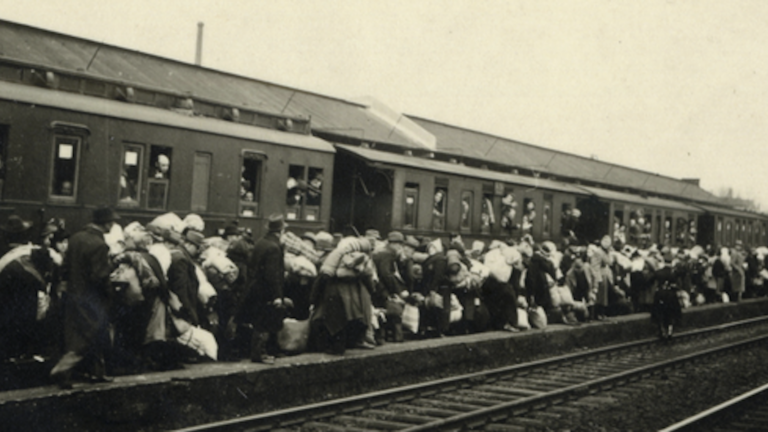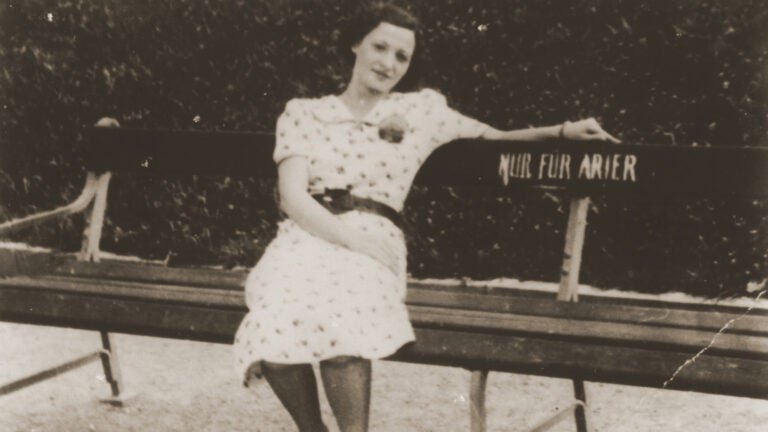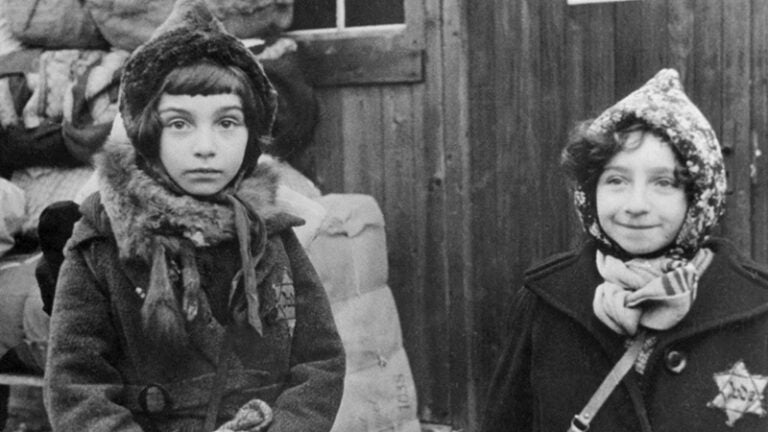From harmony (meoauniaea) to brainworm (eltungawng), Paul Frommer Ph.D. ’81 creates a brand new language for the film Avatar.
USC Dornsife News
Descendants of survivors helped researchers identify 279 deportees and tell their stories, giving victims a voice, writes Wolf Gruner of USC Dornsife’s Center for Advance Genocide Research.
Finding the stories of individual Jews who fought the Nazis publicly and at great peril helped a scholar see history differently: that Jews were not passive. Instead, they actively fought the Nazis.
Holocaust scholars have long relied on documents and survivor testimonies to help reconstruct the history of that tragic event. Now, they’re turning to wordless witnesses to learn more: pictures.
USC Dornsife’s Center for Advanced Genocide Research is the only non-German partner in the first major international initiative to search for and analyze images showing Nazi deportations during World War II — and they want the public’s help.
USC Dornsife experts consider the importance of photographs and paintings that convey the human cost of the Holocaust and consider the global weight of the atrocities. [3¼ min read]
Betty Grebenschikoff and Ana María Wahrenberg hadn’t seen each other since their families fled Berlin as the Nazis gained power. More than 80 years later, astute work by a foundation archivist brought them back together. [4¾ min read]
Portraits of Holocaust survivors appear alongside interactive testimonies in ‘Facing Survival | David Kassan,’ a USC Fisher Museum of Art and USC Shoah Foundation collaboration open through Dec. 7. [3 min read]
Wolf Gruner, founding director of the Center for Advanced Genocide Research at USC Shoah Foundation — The Institute for Visual History and Education, began his quest to build a Holocaust library as soon as he arrived at USC Dornsife College of Letters, Arts and Sciences a decade ago. [5¼ min read]
For Pinchas Gutter, visiting his homeland is a haunting reminder of the family he lost and the life he might have lived. He returns one last time to say goodbye and capture his personal saga in virtual reality for future generations.








